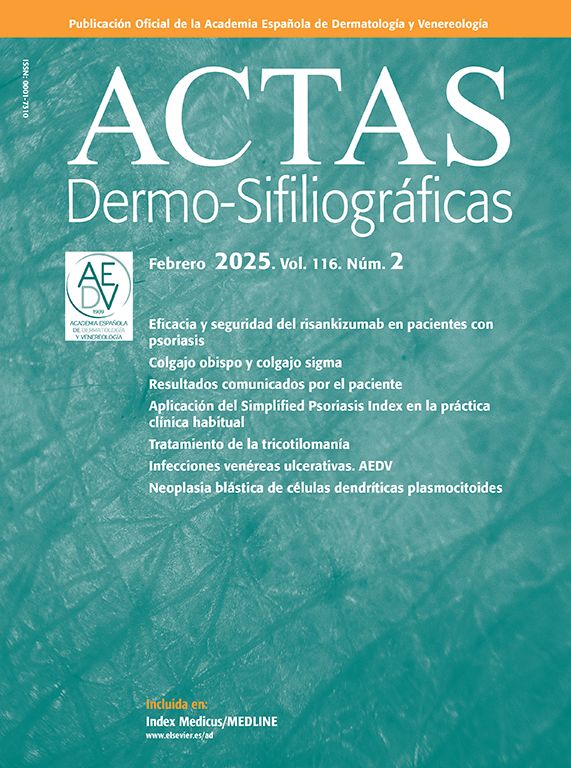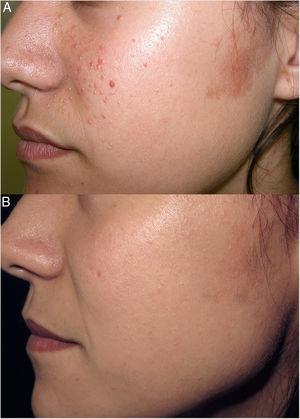Alopecia areata (AA) significantly impacts multiple aspects of the patients’ lives and those of their families.1 Recently, the Journal of the European Academy of Dermatology and Venereology has published a consensus document on its systemic treatment.2
First, systemic therapy is recommended for moderate-to-severe cases, corresponding to a score of 20 or higher on the Severity of Alopecia Tool (SALT) scale. For these patients, a management algorithm is proposed including Janus Kinase inhibitors (JAK inhibitors, JAKi) as the first-line therapy, and corticosteroid therapy for active disease. If JAKi are unavailable or contraindicated, cyclosporine (3–5mg/kg/day) is recommended as second-line therapy, and methotrexate (15–25mg/week) as third-line therapy. These treatments may be combined with corticosteroids, and all therapies can be combined with low-dose oral minoxidil.2
JAKi are the only treatments approved for AA by the European Medicines Agency (EMA) and the Food and Drug Administration (FDA), specifically baricitinib (for patients aged>18 years) and ritlecitinib (for patients aged>12 years). Baricitinib (a JAK 1 and 2 inhibitor) is recommended at a dose of 4mg/day, with the dose being down titrated by half for patients older than 75 years, those with a past medical history of chronic or recurrent infections, or as maintenance therapy once clinical stability has been achieved. Ritlecitinib (a JAK 3 and TEC [Tyr protein-kinase cytosolic enzymes] inhibitor) has been approved at a dose of 50mg, requiring periodic follow-up of platelet and lymphocyte levels. Other JAKi are used off-label (tofacitinib, ruxolitinib, and upadacitinib) or are, currently, in the pipeline (brepocitinib and deuruxolitinib).2 For AA patients, the most common side effects of JAKi are headaches and acne, with no increased risk of severe events.3 However, in 2023, the EMA advised using JAKi only when no other alternatives are available in patients aged older than 65 years, those at increased risk of cardiovascular events or cancer, smokers (or long-term ex-smokers), and cautiously in those at risk of venous thromboembolism.4 Although these recommendations are based on a study in rheumatoid arthritis patients, they should be considered pending further evidence.2
Regarding corticosteroid therapy, options include oral prednisolone (0.4–0.75mg/kg/day), oral dexamethasone (0.1mg/kg/day on 2 consecutive days/week), or intramuscular triamcinolone acetonide (up to 40mg once a week), though there is no consensus on the preferred option.2
Therapeutic strategies should be changed if therapeutic goal has not been achieved within 24–36 weeks. To reduce the risk of relapses, once complete regrowth has been achieved, treatment should be maintained for an additional 6–12 months, with long-term maintenance therapy (at least, 3 years) often required. Although the duration of corticosteroid therapy should be limited, the recommended treatment duration has not been specified.2
In pediatric patients, ritlecitinib is recommended for those older than 12 years, while corticosteroids, tofacitinib, or methotrexate are suggested for children aged 3–6 years.2
Despite these general clinical practice guidelines, treatment indication, duration, and type should be individualized for each patient.2
FundingNone declared.
Conflicts of interestNone declared.





